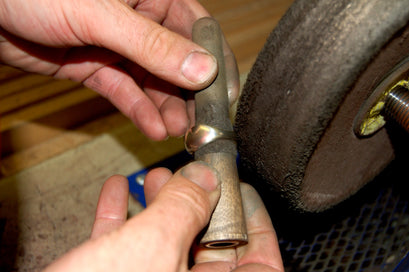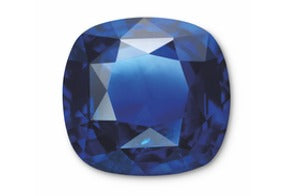Why we love: Moonstones
Moonstones exhibit a fabulous phenomenon called adularescence. This refers to the sheen created by thin layers inside the stone that make the light scatter. Moonstones come in white, peach, green, brown and grey and the most valuable ones are near transparent with a strong blue sheen. They are a variety of the feldspar family. The main sources of moonstone are Sri Lanka, India, Australia, Germany, Brazil, Myanmar, Madagascar and Mexico.
Jewellery from the Art nouveau era often uses Moonstone, such as this Renee Lalique moonstone and tortoiseshell tiara.

Our favourite inclusions in moonstones are centipede inclusions. These are caused by tiny intersecting stress cracks creating angular patterns that resemble centipedes. See some great examples in our photomicrography below.



Moonstone is most commonly cut into cabochons, which best displays their adularescence. They are also cut into beads and faceted stones. Moonstone is often used for carving into decorative and detailed moonstone carvings such as the popular “man in the moon face”. Sadly we did not have an actual moonstone face in our stock to show you, so instead we have used Photoshop to merge a moonstone with the face of our Gemmologist Lily.



















